Table of Contents[Hide][Show]
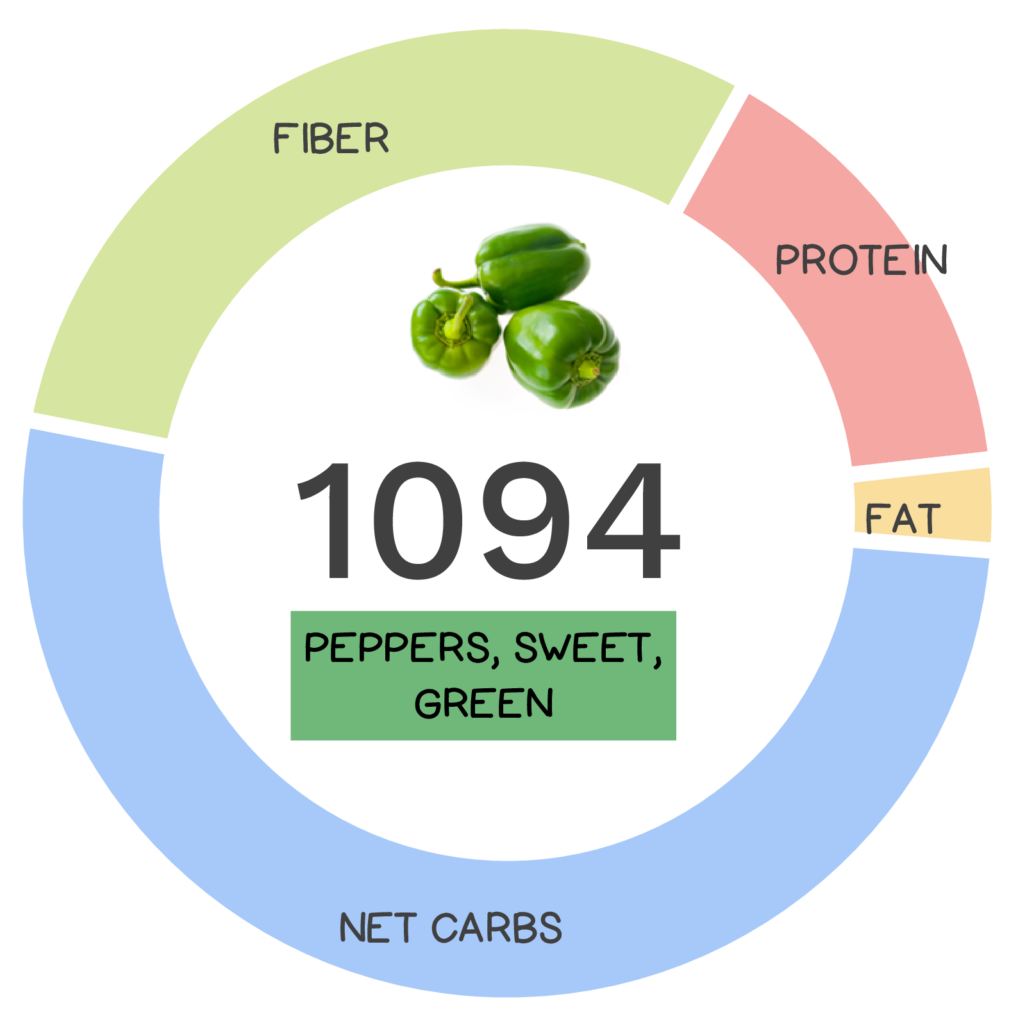
“I’m a pepper, he’s a pepper, she’s a pepper, wouldn’t you like to be a pepper too?” While this jingle may not refer to the culinary vegetable, it should – Americans consume an average of 11 pounds of fresh peppers each year, ranking them as one of this country’s favorite “veggies”!
Peppers are native to Mexico, Central America and the northern part of South America, though the modern mild bell pepper cultivar wasn’t developed until the 1920s in Hungary.
Peppers (also known as bell peppers, capsicum or sweet peppers) are technically fruits (berries), although they are perceived, prepared and partaken as vegetables in the culinary world, similar to tomatoes, cucumbers and zucchini. Peppers are produced by the Capsicum annuum plant in the Solanaceae family. Members of this family are known as ‘nightshades,’ and there are more than 2,000 species, the vast majority of which are inedible and many of which are highly poisonous (like deadly nightshade, aka belladonna, and jimsom weed). Other edible members in the family include potatoes (but not sweet potatoes), tomatoes, eggplants, and tobacco. These plants have certain characteristics in common, like the shape of the flower and how the seeds are arranged within the fruit. Members of this family don’t always get the best reputation because of their association with inflammatory compounds, but for those who can tolerate them, they are definitely a worthy dietary addition!
Sweet peppers are members of the ‘nightshade’ family, along with 2,ooo other species, most of which are inedible and highly poisonous – other edible members include eggplant, potatoes (but not sweet potatoes), and tomatoes.
Peppers are native to Mexico, Central America and the northern part of South America, though the modern mild bell pepper cultivar wasn’t developed until the 1920s in Hungary. The bell pepper is the only member of its genus (Capsicum) that doesn’t produce the chemical capsaicin, which gives “hot” pepper its characteristic burning sensation (the absence of capsaicin is due to a recessive form of a gene). This “veggie” comes in a rainbow of colors including red, orange, yellow, green, purple, lavender, brown and white – making it the “bell” of the ball! Interestingly, green and red peppers are actually the same pepper – the red peppers have just been allowed to mature on the plant longer, which changes their color, making them sweeter and lets them develop a higher Vitamin C content. In fact, red peppers have twice the vitamin C content and 8 times the vitamin A content of a green pepper! Yet another reason to eat the rainbow.
Nutrivore Score for Sweet Green Pepper – 1094
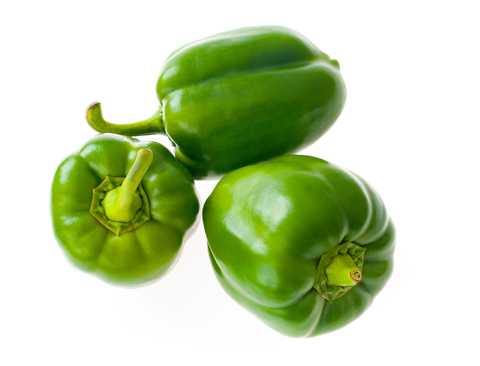
Sweet green peppers have a Nutrivore Score of 1094, making them a super nutrient-dense food! Plus, they are a low-carb and low-calorie-density food; the calorie count of sweet green pepper is just 18 calories per cup!
Per serving, sweet green pepper is a best source (>50% daily value) of vitamin C; an excellent source (20-50% daily value) of polyphenols; and a good source (10-20% daily value) of vitamin B6 (pyridoxine).
Ditch Diets. Embrace Nutrients. Start with this FREE Guide.
Sign up for the free Nutrivore Newsletter, your weekly, science-backed guide to improving health through nutrient-rich foods — without dieting harder —and get the Beginner’s Guide to Nutrivore delivered straight to your inbox!

Sweet Green Pepper Nutrition Facts
One serving of sweet green pepper is standardized to 1 cup, sliced or about 92 grams (3.2 ounces), which is roughly equivalent to 1 medium sweet green pepper. When you cook sweet green pepper, the volume remains relatively consistent: 1 cup raw sweet green pepper is roughly equivalent to 1 cup cup boiled sweet green pepper.
Sweet Green Pepper Nutrition Facts Per Serving
| Sweet green pepper, raw | Nutrivore Score: 1094 | Nutrient Density: Super! |
|---|---|---|
| Serving Size: 1 cup sliced or 1 medium pepper (92 grams) | Protein: 0.8 grams | Net Carbohydrates: 2.7 grams |
| Calories: 18 | Total Fat: 0.2 grams | Dietary Fiber: 1.6 grams |
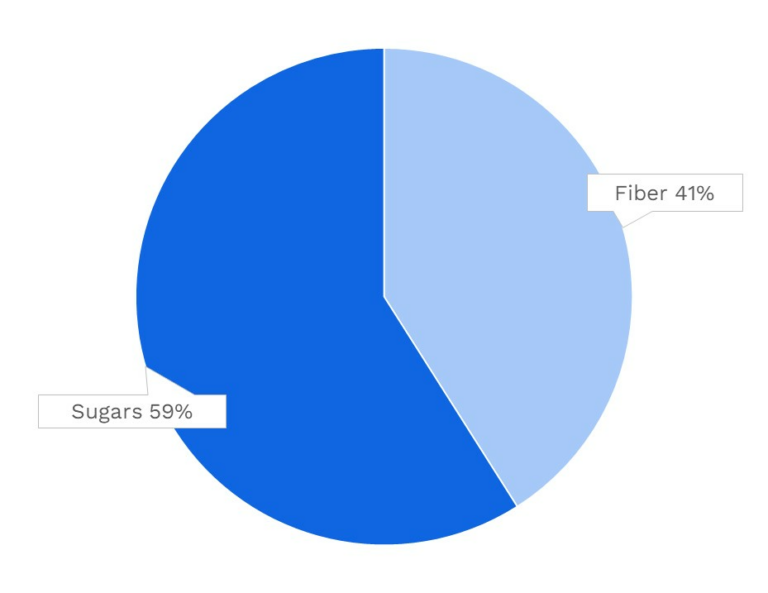

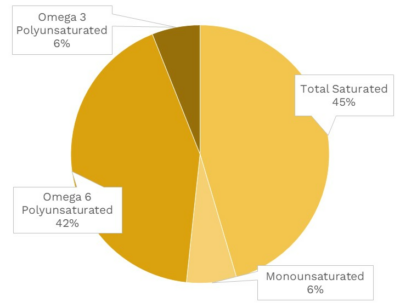
| VITAMINS | ||
|---|---|---|
| Vitamin A | 16.6 μg RAE | 2% DV |
| Vitamin B1 (Thiamin) | 52.4 μg | 4% DV |
| Vitamin B2 (Riboflavin) | 25.8 μg | 2% DV |
| Vitamin B3 (Niacin) | 0.4 mg | 3% DV |
| Vitamin B5 (Pantothenic Acid) | 0.1 mg | 2% DV |
| Vitamin B6 (Pyridoxine) | 206.1 μg | 12% DV |
| Vitamin B7 (Biotin) | 1.5 μg | 5% DV |
| Vitamin B9 (Folate) | 9.2 μg | 2% DV |
| Vitamin B12 (Cobalamin) | 0.0 μg | 0% DV |
| Vitamin C | 74.0 mg | 82% DV |
| Vitamin D (D2 + D3) | 0.0 μg | 0% DV |
| Vitamin E | 0.3 mg | 2% DV |
| Vitamin K | 6.8 μg | 6% DV |
| Choline | 5.1 mg | 1% DV |
| Myo-Inositol | 52.4 mg | ~ |
| CoQ10 | 0.3 mg | ~ |
| FUNCTIONAL FATS | ||
|---|---|---|
| MUFA | 0.0 g | 0% DV |
| ALA | 7.4 mg | 0% DV |
| EPA + DHA | 0.0 mg | 0% DV |
| CLA | ~ | ~ |
| Linoleic Acid | 0.0 g | 0% DV |
| MCT’s | 0.0 g | ~ |
| MINERALS | ||
|---|---|---|
| Calcium | 9.2 mg | 1% DV |
| Copper | 60.7 μg | 7% DV |
| Iodine | ~ | ~ |
| Iron | 0.3 mg | 2% DV |
| Magnesium | 9.2 mg | 2% DV |
| Manganese | 112.2 μg | 5% DV |
| Phosphorus | 18.4 mg | 1% DV |
| Potassium | 161.0 mg | 3% DV |
| Selenium | 0.0 μg | 0% DV |
| Sodium | 2.8 mg | 0% DV |
| Zinc | 0.1 mg | 1% DV |
| PHYTONUTRIENTS | ||
|---|---|---|
| Carotenoids | 530.8 μg | ~ |
| Polyphenols | 283.8 mg | ~ |
| Phytosterols | 19.8 mg | ~ |
| Glucosinolates | ~ | ~ |
| Thiosulfinates | ~ | ~ |
| Betalains | ~ | ~ |
| AMINO ACIDS & PEPTIDES | ||
|---|---|---|
| Taurine | ~ | ~ |
| Ergothioneine | ~ | ~ |
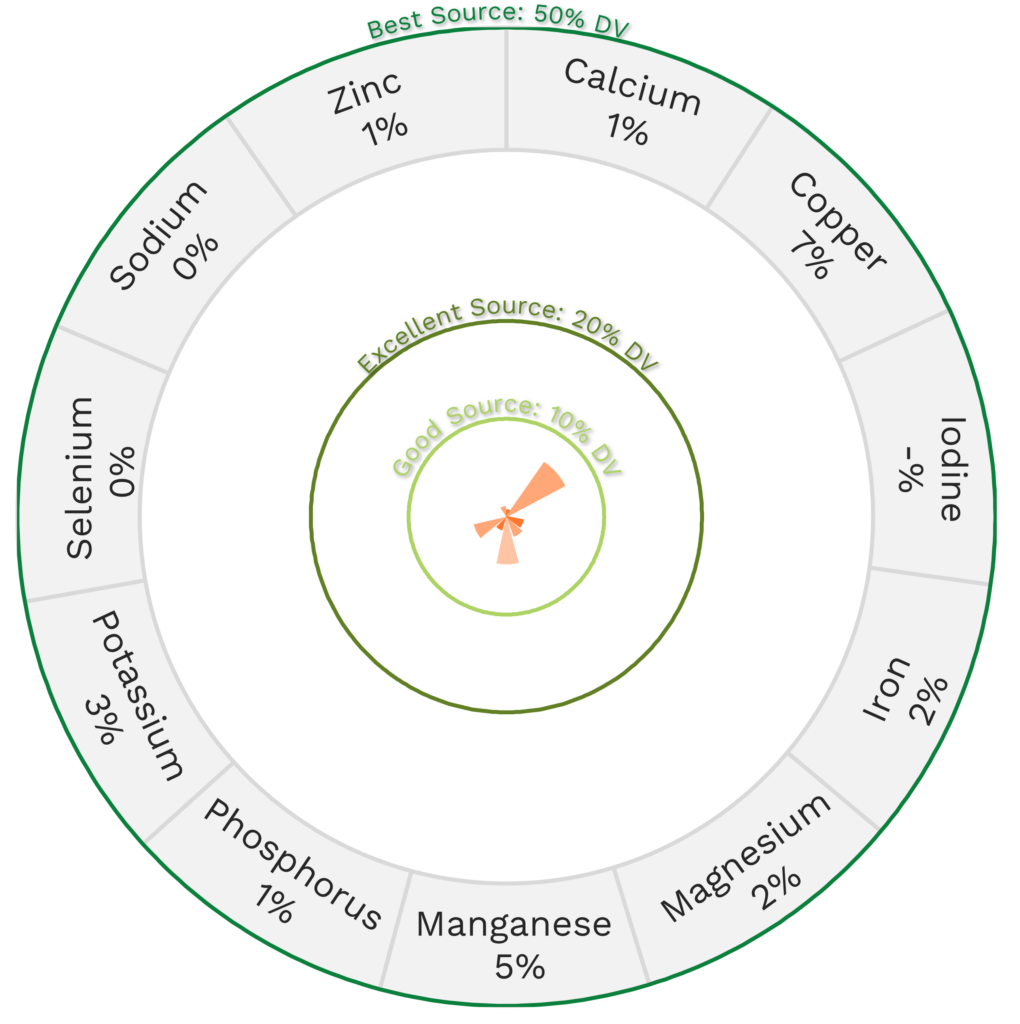
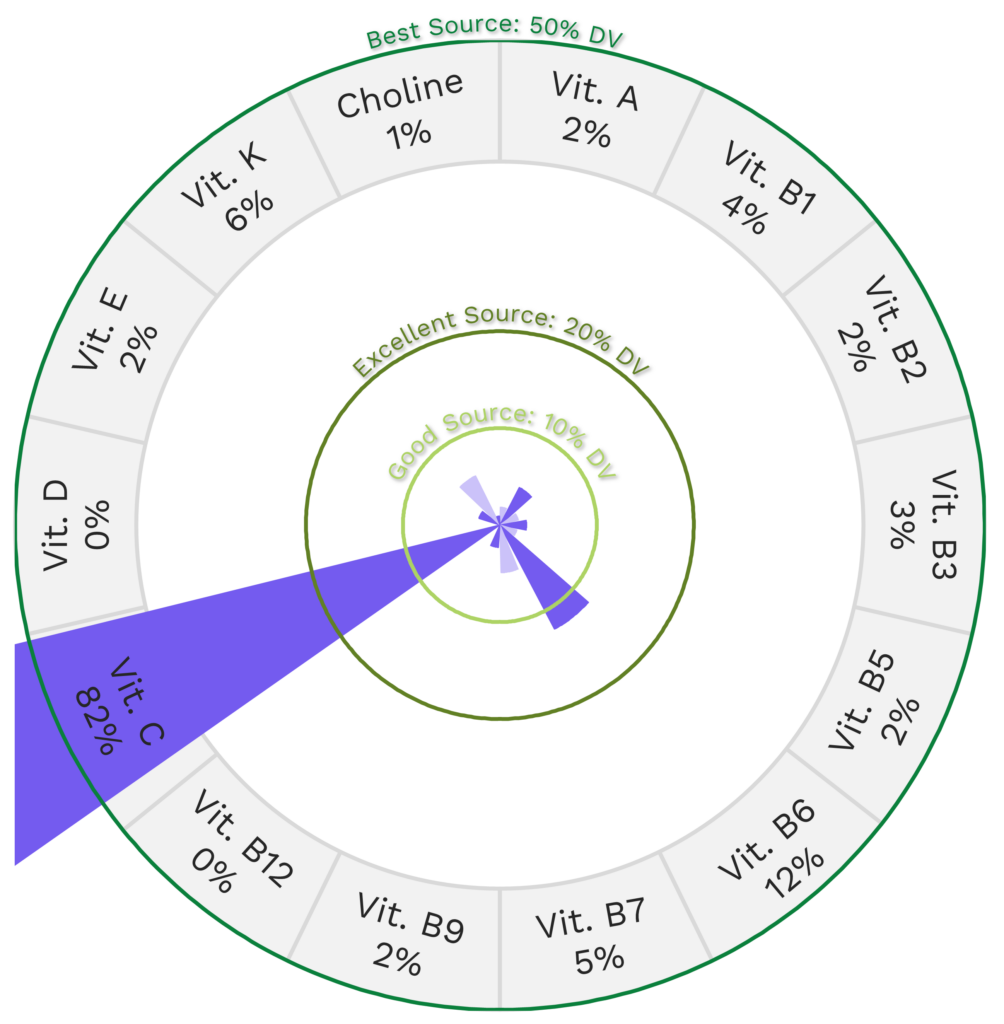

Sweet Green Pepper Nutrition Varies With Cooking and Processing
The Nutrivore Score of sweet green pepper varies depending on processing and the method of preparation. For instance, frozen and canned green peppers are conveniently available year-round from the grocery store.
| NUTRIVORE SCORE | |
|---|---|
| Sweet green pepper, canned, solids and liquids | 1013 |
| Sweet green pepper, cooked, boiled, drained, with salt | 899 |
| Sweet green pepper, cooked, boiled, drained, without salt | 854 |
| Sweet green pepper, frozen, chopped, boiled, drained, with salt | 923 |
| Sweet green pepper, frozen, chopped, boiled, drained, without salt | 858 |
| Sweet green pepper, frozen, chopped, unprepared | 971 |
| Sweet green pepper, raw | 1094 |
| Sweet green pepper, sauteed | 628 |
Sweet Pepper Nutrition Varies With Variety
Sweet peppers come in a rainbow of colors including red, orange, yellow, green, purple, lavender, brown and white – each with its own flavor and nutrient profile, which means their Nutrivore Scores vary as well. Try incorporating different types into your diet to maximize all the benefits bell peppers have to offer!
| NUTRIVORE SCORE | |
|---|---|
| Sweet green pepper, raw | 1094 |
| Sweet red pepper, raw | 1358 |
| Sweet yellow pepper, raw | 11512 |
Did you find the nutrition in bell peppers “sweet”? Maybe your friends will too!
Health Benefits of Sweet Green Pepper Nutrients
Let’s take a closer look at all of the best and excellent source of nutrients found in a 1-cup serving of sweet green pepper and see how they benefit our health.
Sweet Green Pepper Provides 82% DV Vitamin C
Sweet green pepper is a best source of vitamin C, providing 82% of the daily value per 1-cup serving!
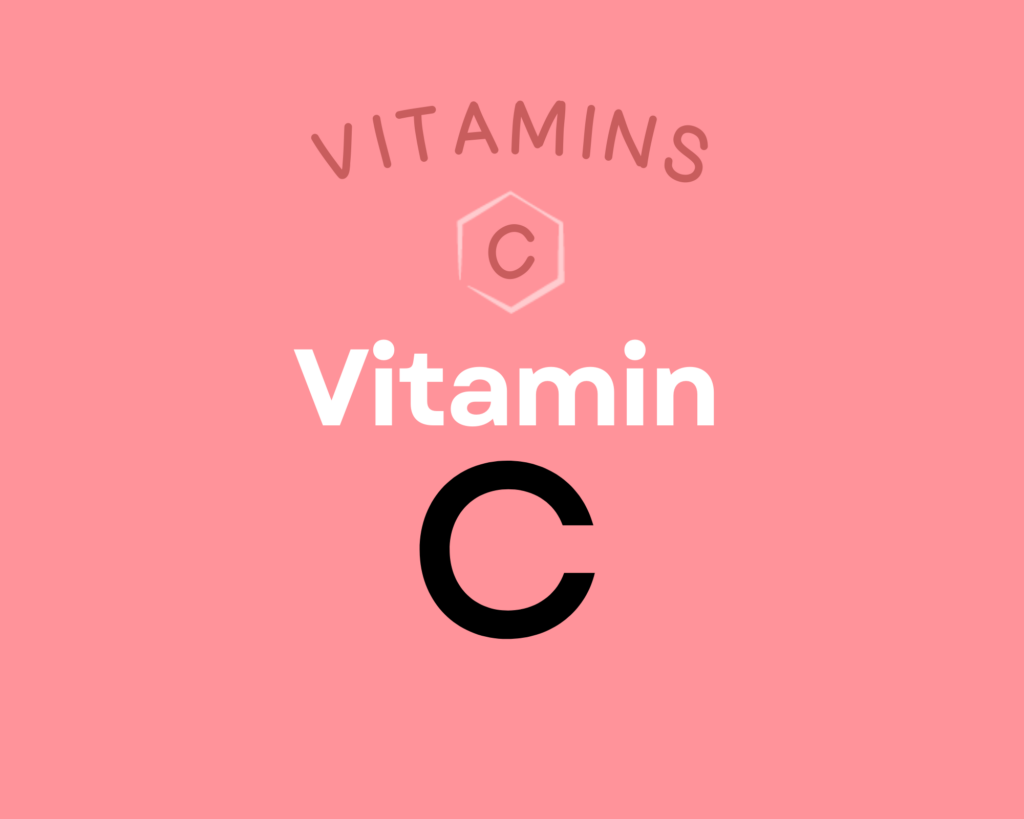
Vitamin C is a water-soluble vitamin that has powerful antioxidant properties (meaning it can help combat oxidative damage from free radicals and reactive oxygen species) and that serves as an enzyme cofactor (meaning it’s needed for enzymes to do their job, for example vitamin C is necessary for collagen synthesis, which is essential for bones, joints, teeth, blood vessels, skin and eyes) and playing important roles in immune system and skin health. Higher intakes of vitamin C are linked to reduced risk of heart disease, some forms of cancer, type 2 diabetes, cataracts, age-related macular degeneration, and gout. Vitamin C can also help regulate the stress response and reduce anxiety, and there’s preliminary evidence that it may also help prevent Alzheimer’s disease. Learn more about vitamin C here.
Sweet Green Pepper Provides 283.8 mg of Polyphenols
Sweet green pepper is an excellent source of polyphenols, providing 283.8 mg of polyphenols per 1-cup serving!
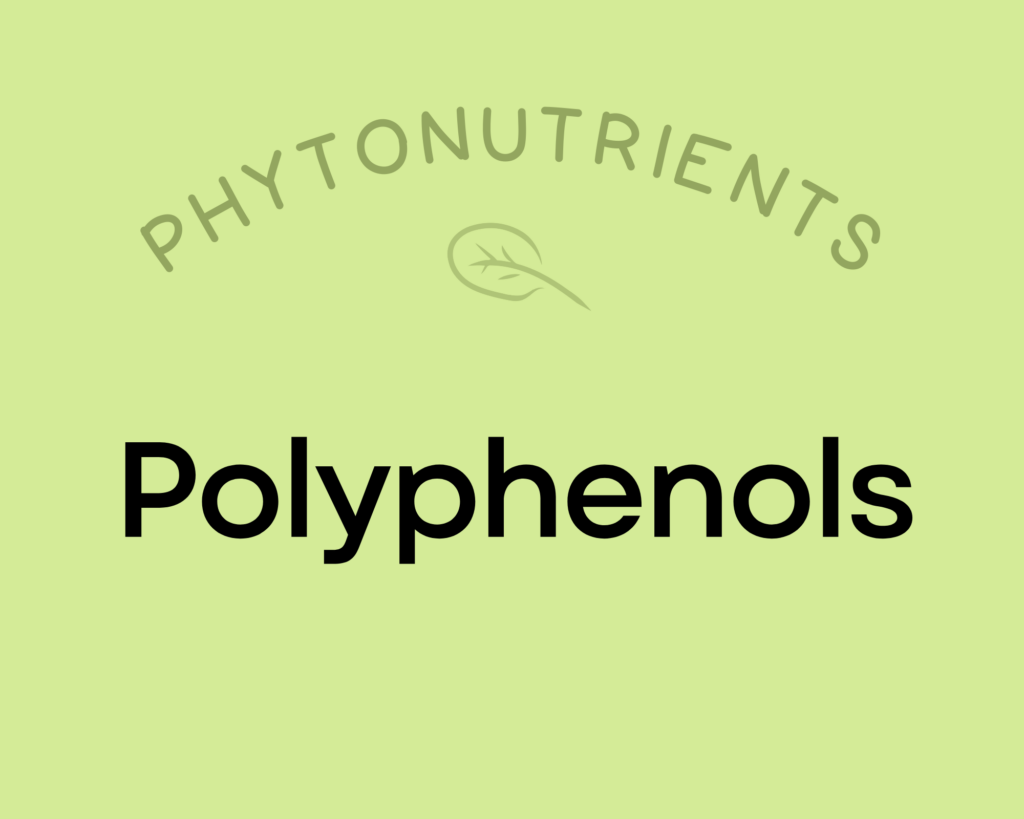
Polyphenols play a huge role in protecting against cancer, heart disease, diabetes, asthma, osteoporosis, neurodegenerative diseases, and other conditions associated with oxidative stress. In fact, a major reason foods like red wine and olive oil (as well as diets rich in both, such as the Mediterranean diet) show up as so beneficial may be due to their high polyphenol content! Along with chronic diseases, supplementing with polyphenols has been shown to protect against infections and reduce the signs of aging. Polyphenols exert their most potent effects by acting as antioxidants—preventing cellular damage by neutralizing hazardous oxygen radicals and improving cellular health as a result (which, in turn, benefits virtually every system in the body). As a result of their antioxidant properties, polyphenols also boost the immune system and protect against both chronic and acute diseases. In addition, polyphenols can help regulate enzyme function, stimulate cell receptors, modulate the functions of inflammatory cells (including T and B lymphocytes, macrophages, platelets, and natural killer cells), alter adhesion molecule expression, affect nerve cells and cardiac muscle cells, and exert antiviral effects. Learn more about polyphenols here.
Learn What Foods Are the Best Sources of Every Nutrient

The Top 25 Foods for Every Nutrient
The Top 25 Foods for Every Nutrient e-book is a well-organized, easy-to-use, grocery store-friendly guide to help you choose foods that fit your needs of 43 important nutrients while creating a balanced nutrient-dense diet.
Get two “Top 25” food lists for each nutrient, plus you’ll find RDA charts for everyone, informative visuals, fun facts, serving sizes and the 58 foods that are Nutrient Super Stars!
Buy now for instant digital access.
How Much Sweet Green Pepper Should We Eat Per Day?
Members of the nightshade family are packed with vitamins, minerals, fiber, and phytonutrients but may be problematic to some due to the presence of inflammatory compounds.
Every serving of fresh, whole vegetables or fruit we eat daily reduces the risk of all-cause mortality by 5% to 8%, with the greatest risk reduction seen when we consume five or more servings per day. In fact, consuming 800 grams of vegetables and fruits daily reduces all-cause mortality by 31% compared to eating less than 40 grams daily. A 2017 meta-analysis showed that 2.24 million deaths from cardiovascular disease, 660,000 deaths from cancer, and 7.8 million deaths from all causes could be avoided globally each year if everyone consumed 800 grams of veggies and fruits every day.
Eating vegetables and fruit in abundance lowers risk of cancer, cardiovascular disease, type 2 diabetes, obesity, chronic kidney disease, osteoporosis and bone fragility fractures (including hip fracture), cognitive impairment and dementia (including Alzheimer’s disease), neurodegenerative diseases, asthma, allergies, chronic obstructive pulmonary disease, age-related macular degeneration, cataracts, glaucoma, depression, ulcerative colitis and Crohn’s disease, rheumatoid arthritis, inflammatory polyarthritis, non-alcoholic fatty liver disease, acne, seborrheic dermatitis, and lowers markers of inflammation. Learn more in Importance of Vegetables and Fruit.
Covering half of your plate with a variety of vegetables (and three quarters of your plate if your starchy food is a root vegetable or winter squash) at each meal is a simple way to easily achieve the goal of 5 or more servings of vegetables daily.
Just remember, it’s always best to mix up the foods you eat day to day (aiming for a wide variety of different vegetables and fruits throughout the week), and sweet peppers definitely have a place at the table.
Easily track your servings of Nutrivore Foundational Foods!

The Nutrivore Weekly Serving Matrix
The Nutrivore Weekly Serving Matrix digital resource is an easy-to-use and flexible weekly checklist designed to help you maximize nutrient-density and meet serving suggestions of Nutrivore foundational foods, all without having to weigh or measure your foods!
Includes a 22-page instructional guide and downloadable interactive guides.
Buy now for instant digital access.
cITATIONS
Expand to see all scientific references for this article.
Clements RS Jr, Darnell B. Myo-inositol content of common foods: development of a high-myo-inositol diet. Am J Clin Nutr. 1980 Sep;33(9):1954-67. doi: 10.1093/ajcn/33.9.1954. PMID: 7416064.
Fineli Finnish Food Composition Database: Sweet Pepper, Green
Phenol-Explorer: Sweet pepper [Green], raw
Pravst I, Zmitek K, Zmitek J. Coenzyme Q10 contents in foods and fortification strategies. Crit Rev Food Sci Nutr. 2010 Apr;50(4):269-80. doi: 10.1080/10408390902773037. PMID: 20301015.
USDA Food Central Database: Peppers, sweet, green, raw
Watanabe T, Kioka M, Fukushima A, Morimoto M, Sawamura H. Biotin content table of select foods and biotin intake in Japanese. Int J Anal Bio-Sci. 2014. Vol 2(4):109-125.


